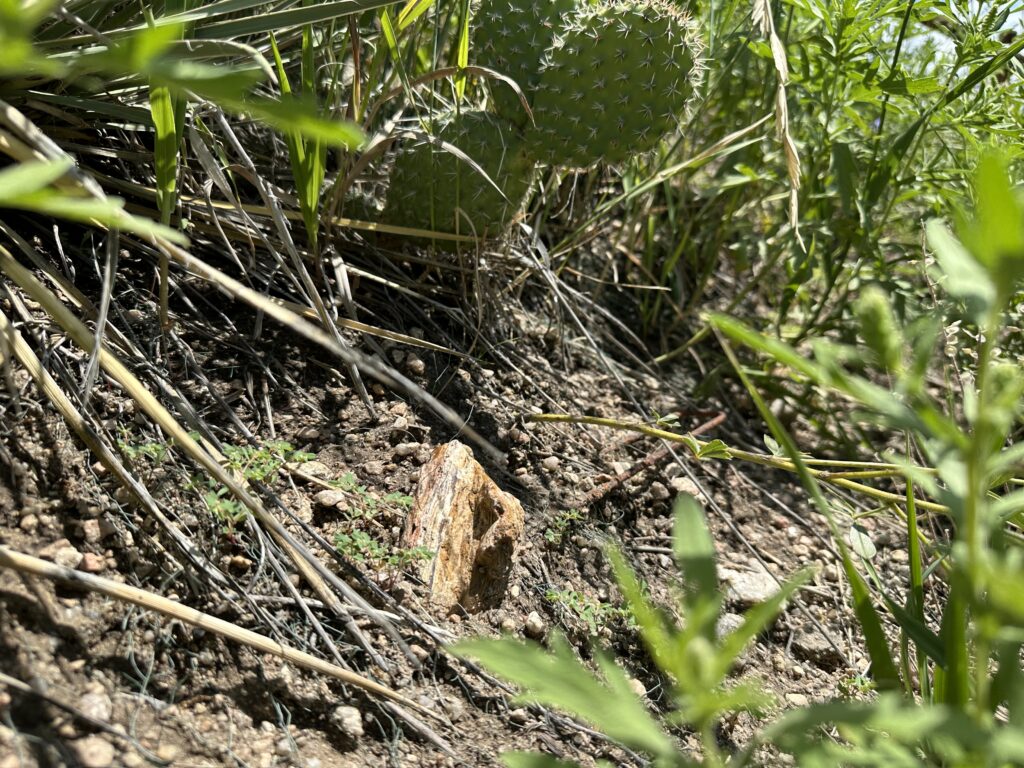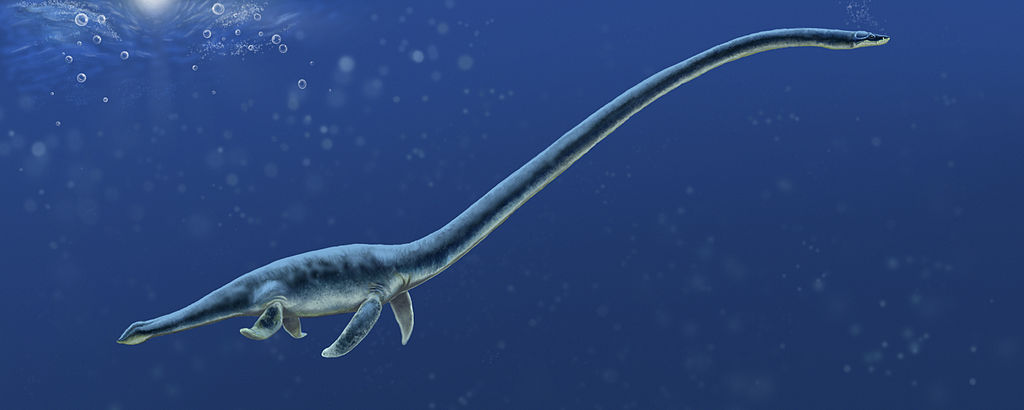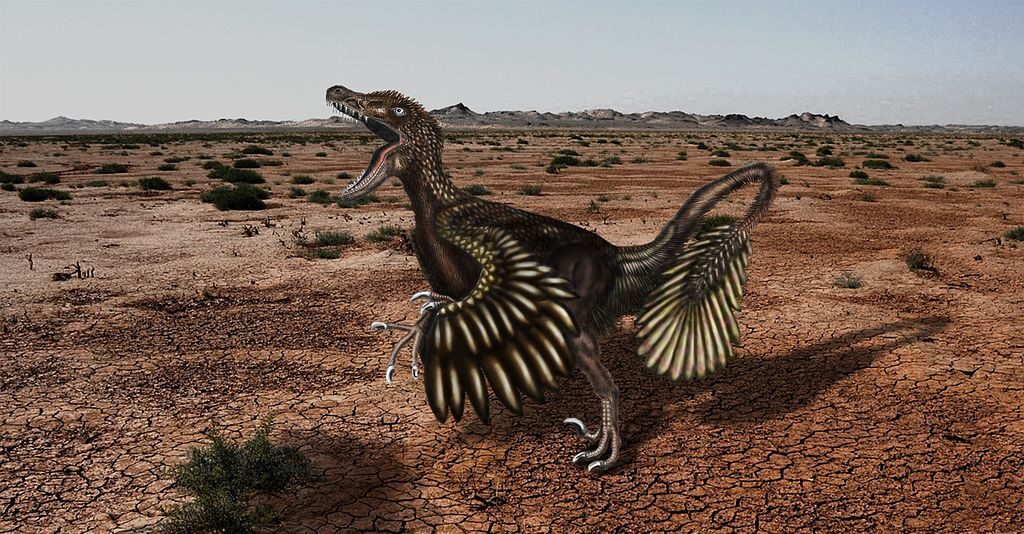Ancient trees, preserved in stone, offer us windows into worlds long vanished. Fossilized forests—sometimes called petrified forests—stand as some of our most dramatic connections to Earth’s distant past. These remarkable geological treasures preserve not just individual trees but entire ecosystems frozen in time. By studying these stone forests, scientists can reconstruct ancient environments, track climate change across millions of years, and understand how plant life evolved on our dynamic planet. From the towering conifers of the Triassic to the first flowering plants that transformed Earth’s landscapes, these silent witnesses to deep time continue to reveal their secrets to those who know how to read them.
The Process of Forest Fossilization
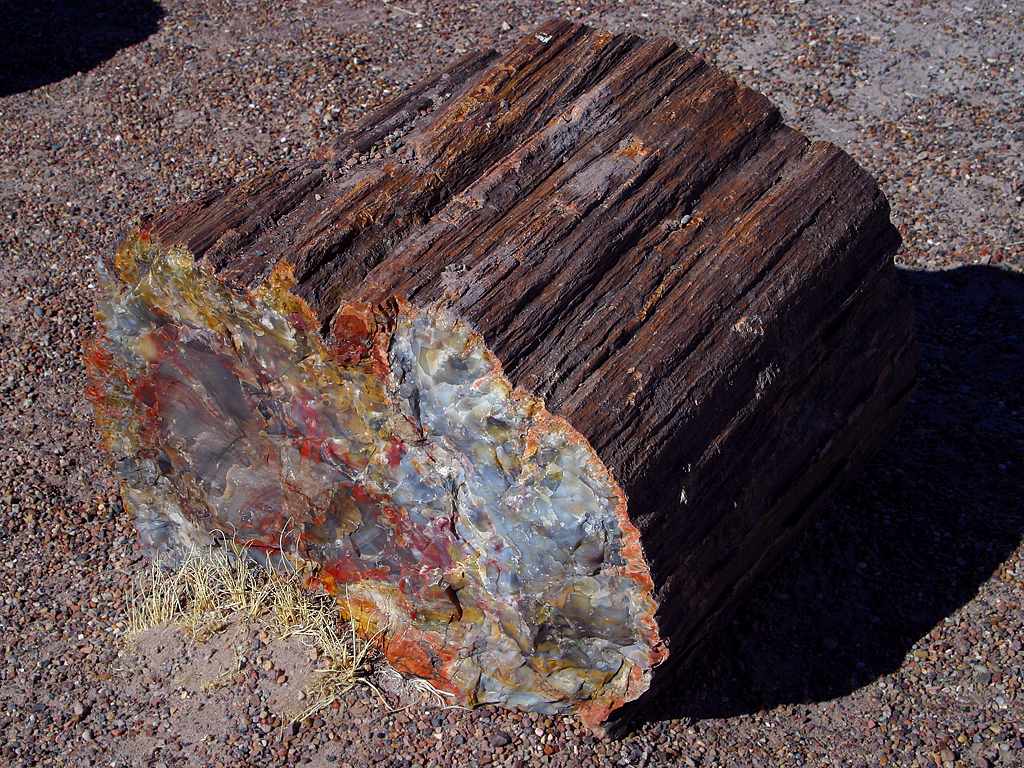
The transformation of living forests into stone requires a precise sequence of events that rarely align in nature, making these fossils particularly precious to science. When trees die and are quickly buried by volcanic ash, sediment, or other materials, they become sealed away from oxygen and typical decomposition processes. Groundwater rich in dissolved minerals—often silica, calcite, or pyrite—gradually infiltrates the buried wood, replacing organic material cell by cell with minerals in a process called permineralization. This meticulous substitution preserves the original cellular structure of the wood, often including growth rings, bark textures, and even microscopic details invisible to the naked eye. The entire process can take thousands to millions of years, transforming once-living forests into stone gardens that can endure for hundreds of millions of years, waiting to be uncovered by erosion or human excavation.
Famous Fossilized Forests Around the World
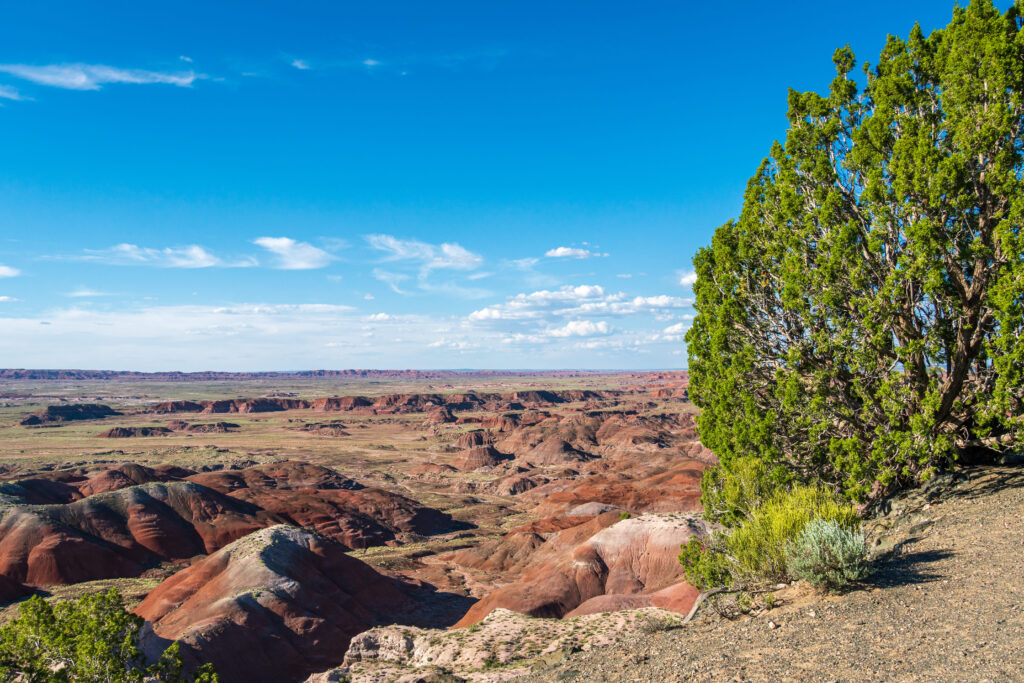
The planet boasts several spectacular examples of petrified forests that have become important scientific resources and popular tourist destinations. Perhaps the most famous is Petrified Forest National Park in Arizona, which preserves a colorful collection of fallen trees from the Late Triassic period, approximately 225 million years ago. The ancient forests of Yellowstone National Park contain standing trees still in their growth positions, providing rare three-dimensional glimpses of ancient landscapes. In Patagonia, Argentina, the Petrified Forest of Jaramillo preserves massive araucarian conifers that once towered over the ancient landscape. Scotland’s Isle of Skye harbors Jurassic-era petrified forests that grew when dinosaurs dominated the land. Each of these sites tells a unique story about regional climates and ecosystems that existed long before humans walked the Earth, serving as natural libraries of paleoenvironmental information.
Ancient Climate Records Preserved in Stone
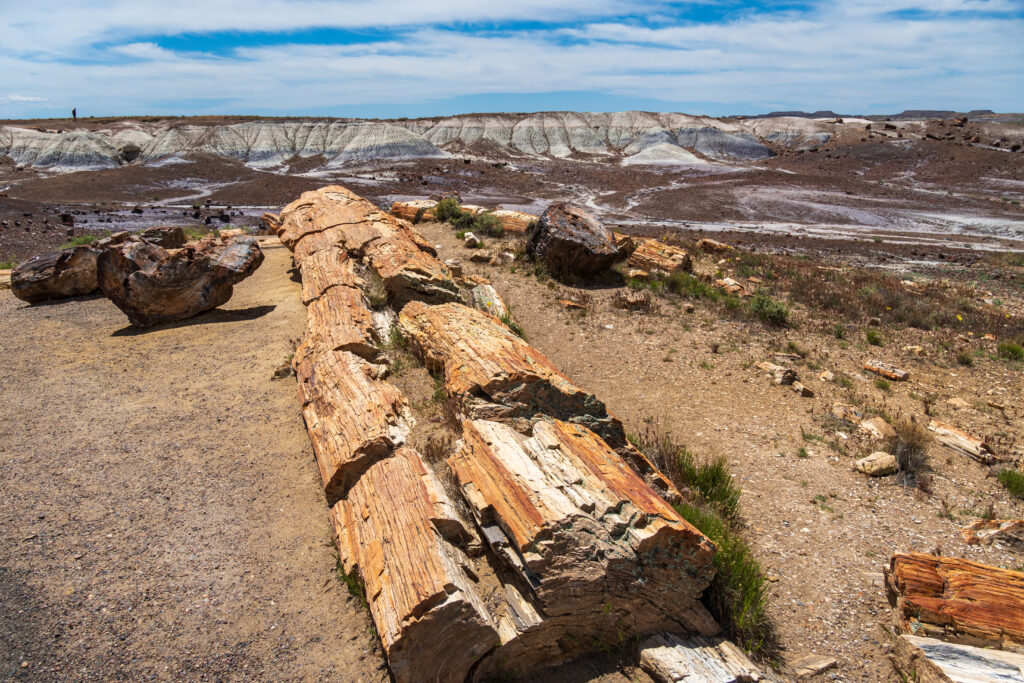
Fossilized forests function as remarkably precise climate archives, preserving evidence of past environmental conditions that would otherwise be lost to time. The annual growth rings within petrified trees record seasonal cycles, revealing periods of abundant rainfall, drought, and even ancient forest fires. Scientists can measure the width of these rings to determine whether the trees experienced favorable or stressful growing conditions from year to year. Additionally, the chemical composition of the fossilized wood provides clues about atmospheric carbon dioxide levels, precipitation patterns, and temperature ranges that prevailed when the trees were alive. In some exceptionally preserved specimens, researchers can identify isotopic signatures that indicate ancient rainfall patterns or even seasonal variations. By combining these multiple lines of evidence across different fossilized forest sites, paleoclimatologists have reconstructed climate trends spanning hundreds of millions of years, providing crucial baseline data for understanding modern climate change.
Ecological Snapshots Through Time
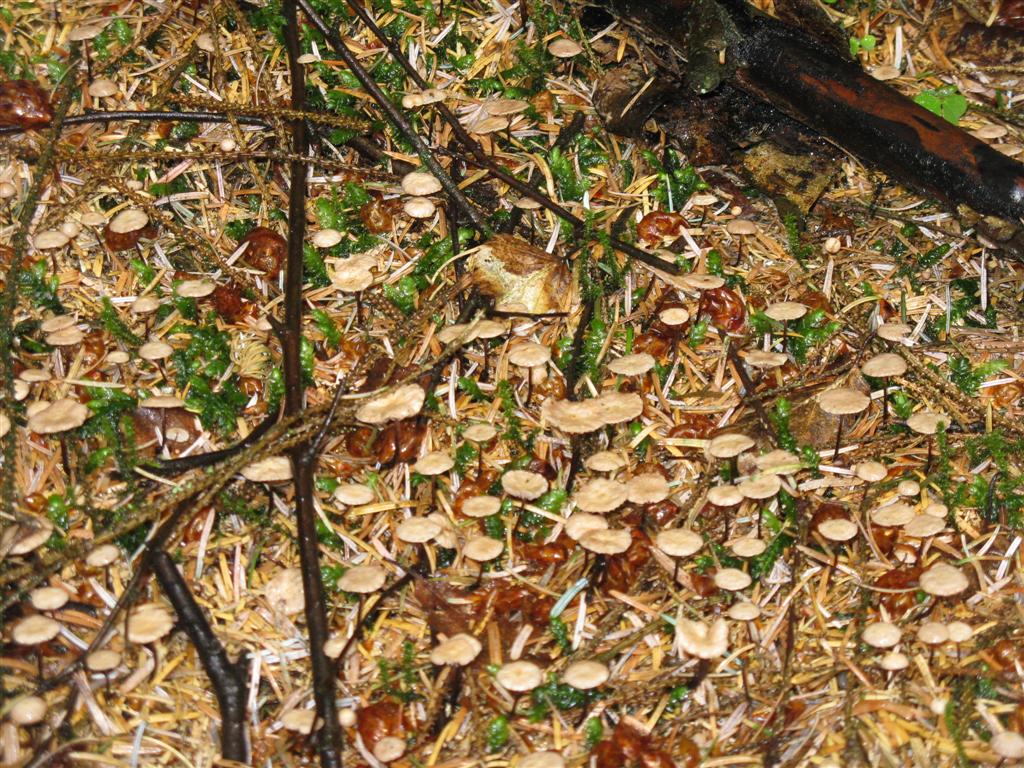
Unlike individual fossils, petrified forests offer complete ecological snapshots of ancient landscapes, preserving not just trees but entire communities of organisms. The spacing between trees reveals information about forest density and competition for resources, while variations in tree species indicate the diversity of the ancient ecosystem. In many sites, scientists discover fossilized undergrowth plants, evidence of forest floor fungi, and traces of insects that once inhabited these woodlands. The most exceptional sites preserve evidence of animals that lived among the trees, from small reptiles to massive dinosaurs whose footprints or remains became entombed alongside the petrifying forest. Even ancient soils can be preserved, allowing researchers to analyze nutrient availability, drainage patterns, and other environmental factors that shaped these vanished ecosystems. These comprehensive portraits of ancient environments help scientists understand how ecosystems responded to past climate shifts, volcanic eruptions, and other environmental disruptions.
The Oldest Known Forests
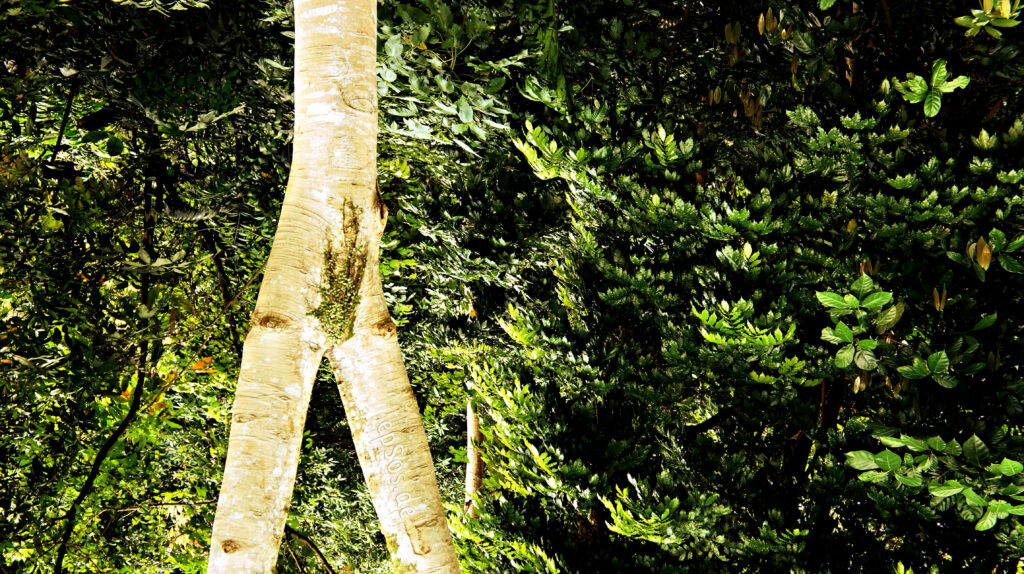
The earliest known forests appeared during the Late Devonian period, approximately 385 million years ago, fundamentally transforming Earth’s landscapes and atmospheric composition. The iconic Gilboa fossil forest in New York preserves remnants of these primordial woodlands, dominated by strange tree-like plants called Archaeopteris that grew up to 30 meters tall, despite lacking true wood as we know it today. These primitive forests featured unusual plants like Cladoxylopsids, which had hollow, column-like trunks supporting feathery branches that bore no leaves in the modern sense. Even earlier forest precursors have been discovered at Cairo, New York, dating back 390 million years, with shorter tree-like plants called cladoxylopsids that grew in wetland environments. These ancient forests operated on fundamentally different biological principles from modern woodlands, with strange reproductive strategies and growth patterns utterly unlike contemporary trees. By studying these oldest forest fossils, scientists have documented how land plants evolved crucial adaptations like deep roots, vascular systems, and true wood that eventually enabled the diverse forests we know today.
Tracking Plant Evolution Through Fossilized Forests

The progression of fossilized forests through geological time reveals the epic story of plant evolution on land, documenting major transitions that transformed Earth’s ecosystems. The first forests consisted of primitive spore-bearing plants like giant club mosses and horsetails, which dominated swampy landscapes during the Carboniferous period, forming the coal deposits we mine today. Gymnosperms (cone-bearing plants) later emerged as the dominant forest trees, adapting to drier conditions with innovations like seeds and specialized water-transport systems, as preserved in Triassic and Jurassic petrified forests. The Cretaceous period witnessed perhaps the most significant botanical revolution—the rise of flowering plants (angiosperms), which quickly diversified and began displacing older forest types, eventually leading to the modern forest ecosystems we recognize today. By comparing fossilized forests of different ages, paleobotanists can pinpoint when key plant adaptations first appeared, how quickly they spread, and which environmental conditions may have driven these evolutionary innovations. This long-term perspective demonstrates that forest composition has never been static, but continually evolves in response to changing climates, continental positions, and competitive pressures.
Reconstructing Ancient Atmospheric Conditions

Fossilized forests provide some of our most reliable evidence for reconstructing Earth’s ancient atmosphere, particularly regarding oxygen and carbon dioxide levels that supported prehistoric life. The density of stomata—microscopic pores on leaf surfaces that regulate gas exchange—preserved in fossil leaves reflects atmospheric carbon dioxide concentrations, with fewer stomata indicating higher CO₂ levels. Growth rings in petrified wood reveal periods when trees grew exceptionally fast, suggesting elevated carbon dioxide that supercharged photosynthesis. The massive size of some fossilized trees from periods like the Carboniferous points to oxygen levels potentially higher than today’s atmosphere, creating conditions that allowed giant insects and amphibians to thrive. Researchers have also identified chemical signatures in fossilized resins and wood that serve as proxies for atmospheric composition, helping calibrate models of Earth’s evolving atmosphere. These atmospheric reconstructions are crucial for understanding not only ancient climate systems but also how different concentrations of greenhouse gases might affect global temperatures today.
Mass Extinction Events Recorded in Stone

Fossilized forests that span mass extinction boundaries preserve dramatic evidence of ecosystem collapse and recovery, revealing how Earth’s plant communities responded to catastrophic events. The Permian-Triassic extinction event, which wiped out approximately 95% of marine species and 70% of terrestrial vertebrates about 252 million years ago, is marked in the fossil record by a sudden disappearance of diverse coal-forming forests, replaced by landscapes dominated by fungal remains and hardy lycopsid plants—a “fungal spike” that indicates widespread forest death. Similarly, fossilized wood spanning the Cretaceous-Paleogene boundary 66 million years ago shows evidence of the asteroid impact that killed the dinosaurs, with some sites preserving charcoal layers indicating massive wildfires, followed by rapid colonization by ferns (“fern spike”) and eventual reforestation with new plant communities. The fossil record also shows that recovery from these extinction events typically took hundreds of thousands to millions of years, with successive waves of pioneer species gradually rebuilding complex forest ecosystems. These extinction boundaries provide natural experiments in ecological resilience, showing how plant communities reassemble after catastrophic disruptions.
Antarctica’s Ancient Forests: Evidence of a Greener Continent
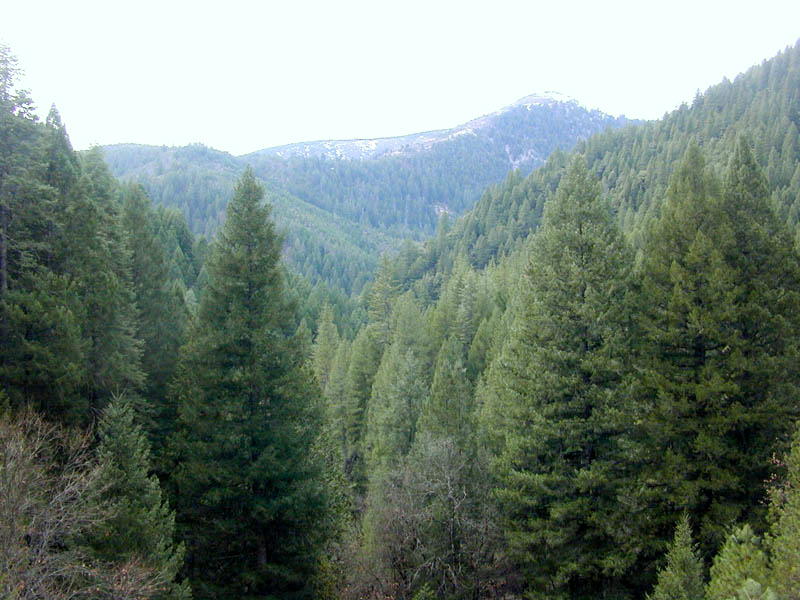
The discovery of multiple fossilized forests in Antarctica has dramatically altered our understanding of the continent’s environmental history, revealing that this now-frozen landscape once supported lush, temperate woodlands. Expeditions to the Transantarctic Mountains have uncovered numerous Permian and Triassic fossil forests, including standing trees still rooted in ancient soil horizons, providing irrefutable evidence that Antarctica experienced much warmer conditions for most of its geological history. Some of these Antarctic forests contained Glossopteris trees, distinctive seed ferns whose distribution across southern continents provided crucial early evidence for continental drift and the existence of the ancient supercontinent Gondwana. Later Cretaceous and Paleogene forests discovered on Antarctica’s peninsula region reveal diverse conifer and broadleaf species that thrived in conditions similar to today’s Pacific Northwest, despite experiencing months of continuous darkness during polar winters. The presence of these forests demonstrates that Antarctica remained ice-free and biologically productive until approximately 34 million years ago, when global cooling finally transformed it into the ice-covered continent we know today.
The Science of Dendrochronology in Ancient Trees

The study of growth rings in fossilized wood, known as paleodendrochronology, provides year-by-year records of environmental conditions that affected ancient forests. Researchers can identify annual growth boundaries in petrified wood that document seasonal cycles, with wider rings indicating favorable growing conditions and narrower rings signaling stress from drought, cold, or other limitations. Some exceptionally preserved specimens contain “frost rings” or traumatic resin ducts that record specific events like volcanic eruptions, unseasonal frosts, or insect outbreaks that affected the living tree. By comparing ring patterns across multiple specimens from the same period, scientists can construct floating chronologies that reveal decade-to-century-scale climate fluctuations that occurred millions of years ago. The longest continuous tree-ring records from fossilized forests span hundreds of years, allowing researchers to identify ancient climate cycles similar to modern phenomena like El Niño or solar cycles. These high-resolution climate records from deep time help scientists understand natural climate variability on timescales relevant to human experience, providing context for interpreting present-day climate trends.
Challenges in Preserving and Studying Petrified Forests

Despite their stone-like durability, fossilized forests face numerous threats that complicate their scientific study and long-term preservation. Illegal collecting remains a persistent problem at many sites, with commercial specimen hunters sometimes removing scientifically valuable material for private collections or mineral sales, destroying contextual information in the process. Even legal scientific collection presents challenges, as removing specimens from their original geological context can eliminate valuable spatial relationships that inform paleoenvironmental reconstructions. Natural erosion continuously exposes new material while potentially destroying other specimens, creating a race against time for documentation in some rapidly eroding locations. Climate change poses additional threats, with increasingly extreme weather threatening some exposed sites through accelerated erosion or heightened wildfire risk. The scientific study of these resources requires specialized equipment for microscopic analysis, chemical testing, and dating that can be expensive and time-consuming to apply across large fossil forests. Many countries have enacted strong legal protections for significant fossil forest sites, recognizing their irreplaceable scientific and educational value.
Reconstructing Ancient Forest Canopies

Moving beyond individual tree specimens, paleobotanists now work to reconstruct entire three-dimensional ancient forest structures, including canopy layers and understory components. By examining the architectural features of fossilized trees—including branching patterns, trunk diameters, and estimated heights—researchers can model what these forests would have looked like in life. The recent discovery of standing fossil forests with trees preserved in their original positions has revolutionized these efforts, allowing scientists to directly measure the spacing between trees and identify distinct ecological zones within ancient woodlands. Fossil leaf assemblages provide information about which plant species occupied different vertical niches within the forest, from ground-covering ferns to mid-canopy shrubs and towering emergent trees. These reconstructions reveal that some ancient forests had remarkably similar structures to modern ones, with distinct canopy layers creating multiple ecological niches, while others featured architectural arrangements unlike anything alive today. Sophisticated computer modeling now allows scientists to create virtual reconstructions of these ancient landscapes, simulating how sunlight would have filtered through extinct forest types and how different species would have competed for resources.
Fossilized Forests and The Story of Continental Drift

Fossilized forests have provided some of the most compelling evidence for continental drift and plate tectonic theory, showing how Earth’s landmasses have dramatically rearranged over geological time. The discovery of identical Glossopteris plant fossils in now-separated continents like South America, Africa, India, Australia, and Antarctica helped confirm that these lands were once joined in the supercontinent Gondwana. Similarly, forests with matching species compositions found across western North America and eastern Asia supported the existence of ancient land bridges that connected now-separate continents. Climate-sensitive plant species preserved in fossil forests often appear in locations where they could not survive today, such as tropical tree species found in Arctic regions, demonstrating that these landmasses must have occupied different latitudinal positions in the past. The orientations of fallen logs in certain fossil forests can even indicate ancient prevailing wind directions, providing additional geographical clues about past continental positions. By mapping the global distribution of age-equivalent fossilized forests, paleobotanists continue to refine our understanding of how Earth’s continents have drifted, collided, and separated over hundreds of millions of years.
Conclusion
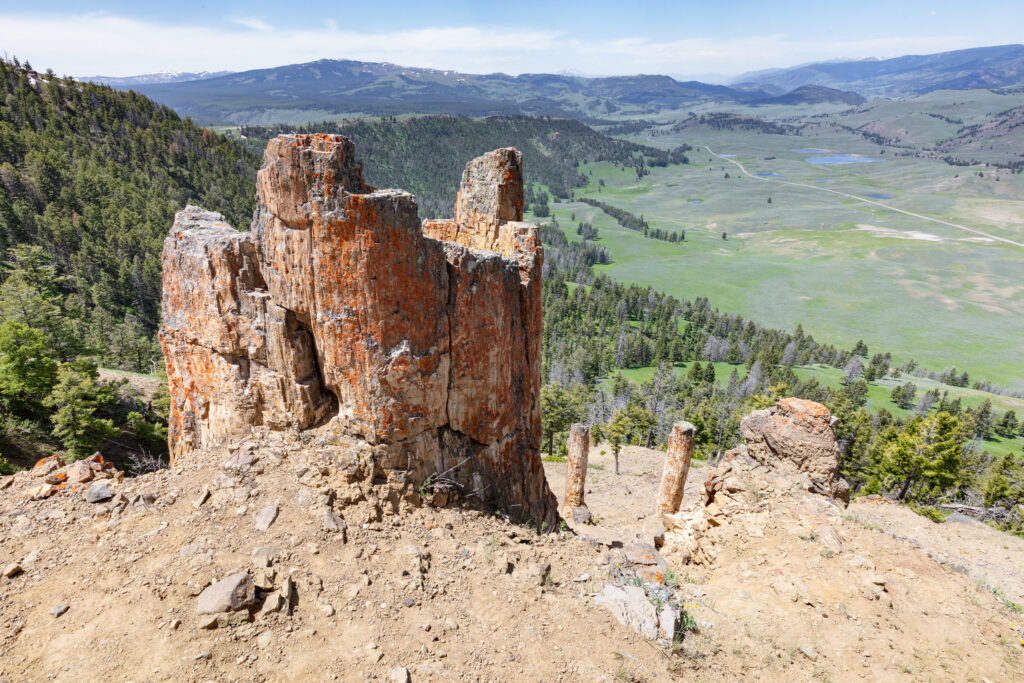
Fossilized forests represent some of our most valuable windows into Earth’s past environments, preserving evidence of ancient ecosystems with remarkable fidelity. From tracking the evolution of plant life to reconstructing ancient atmospheres and climates, these stone time capsules continue to yield fresh insights as scientific methods advance. They remind us that our familiar world of forests, with their ecological complexity and atmospheric influence, has deep roots in Earth’s history—a history marked by constant change and adaptation. As we face contemporary environmental challenges, these ancient forests provide valuable context for understanding the scale and pace of natural climate shifts, the resilience of ecosystems to disturbance, and the long evolutionary journey that produced our modern biosphere. In studying these stone witnesses to deep time, we gain not just scientific knowledge, but also a humbling perspective on our place within Earth’s ongoing story.

